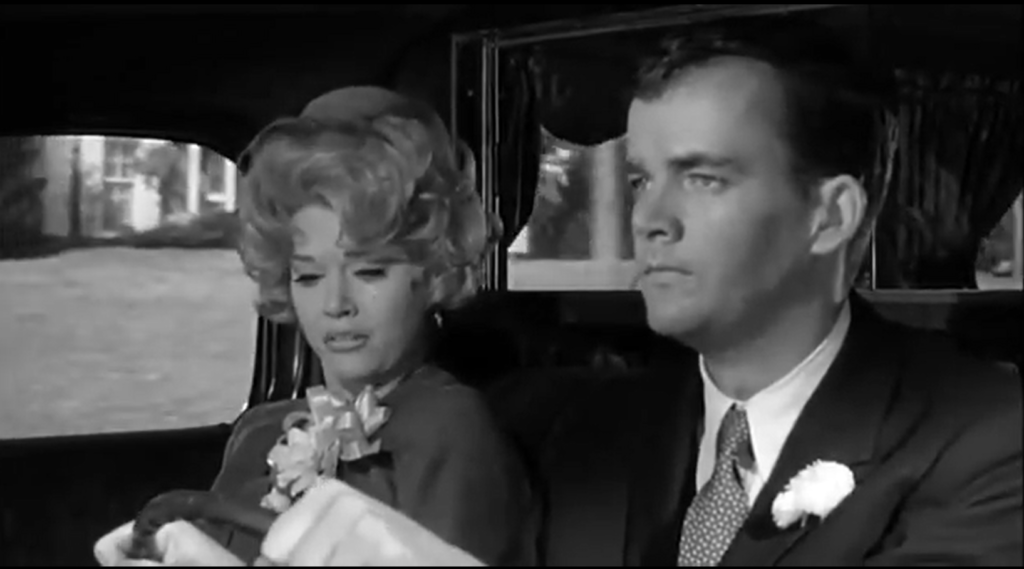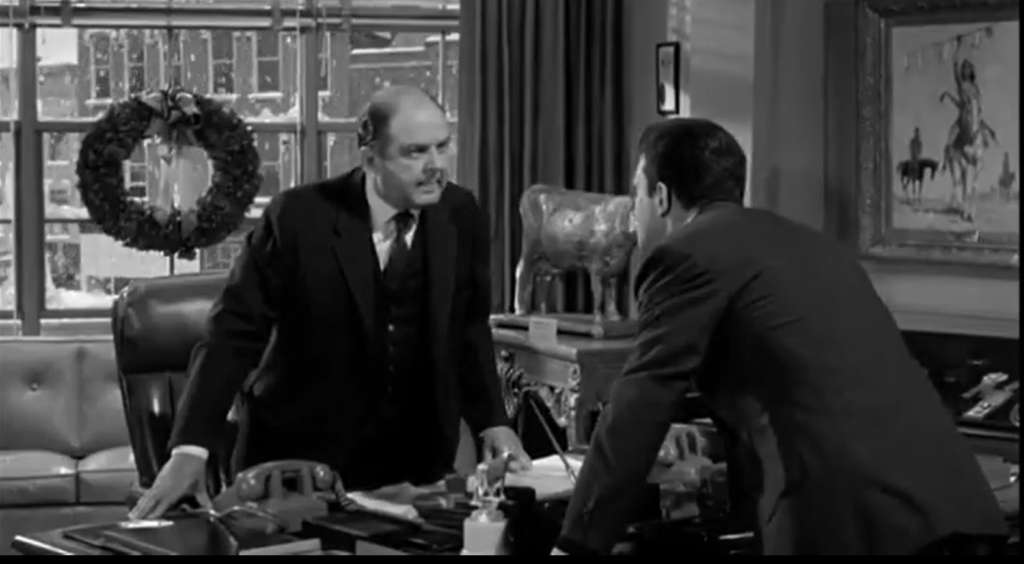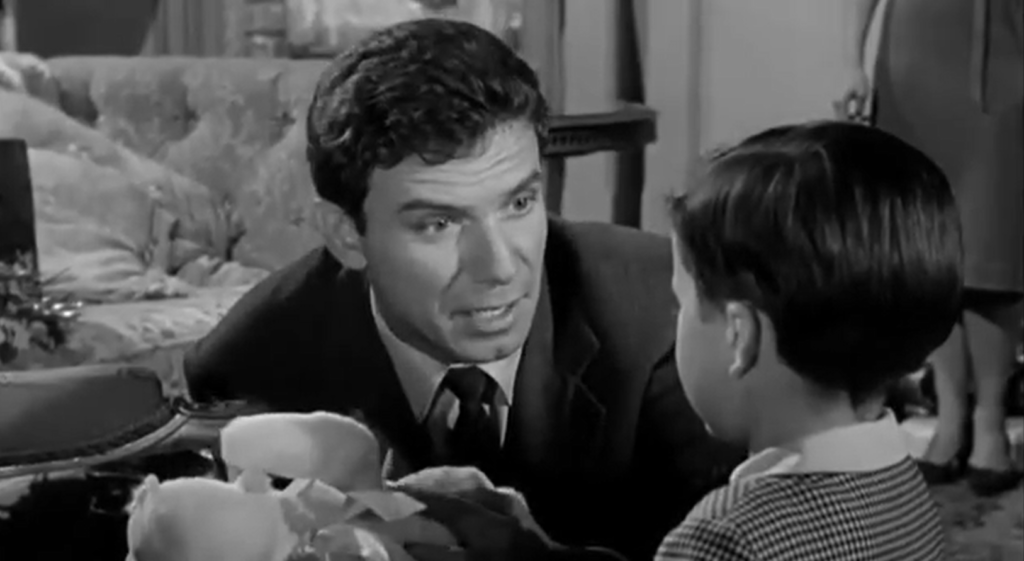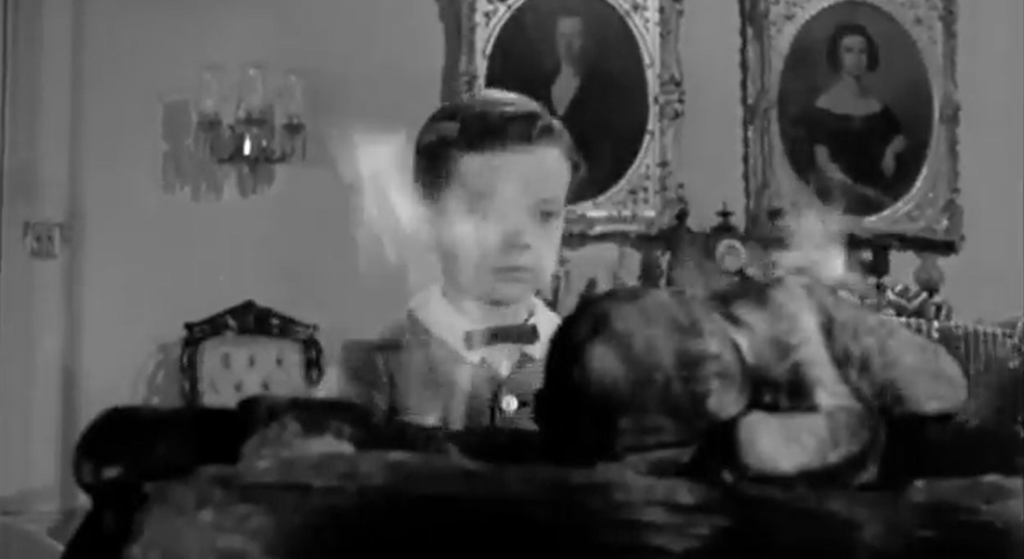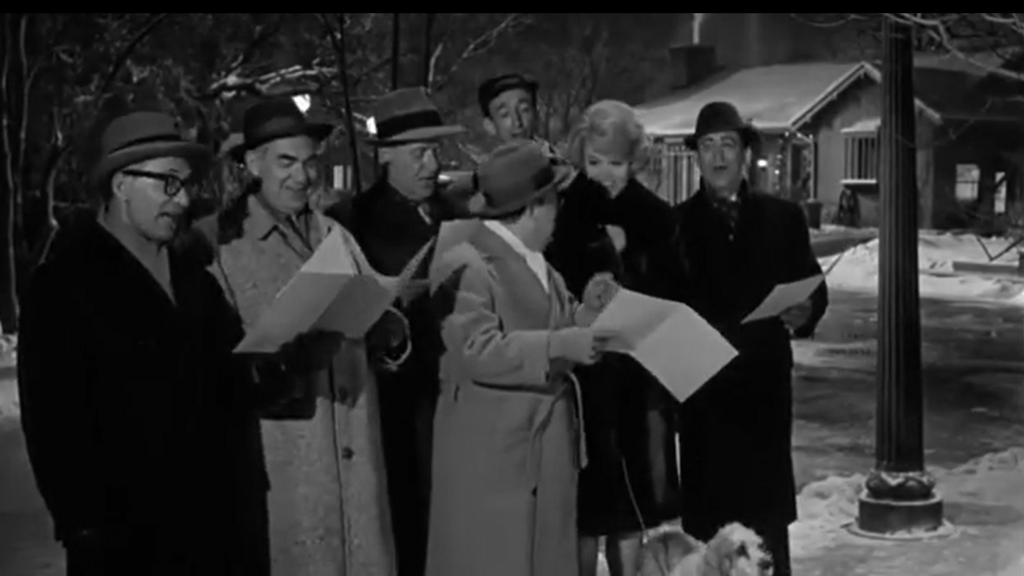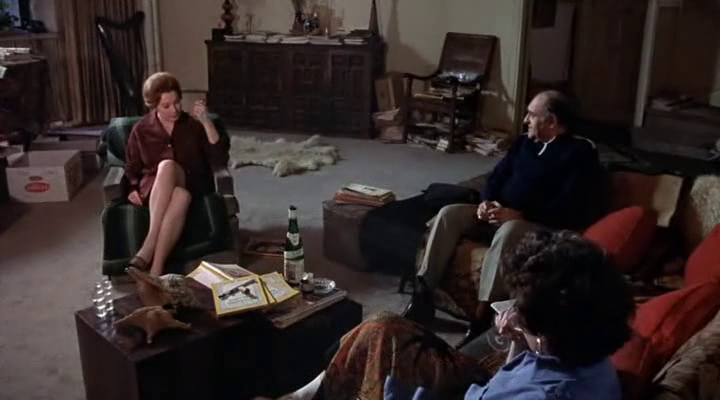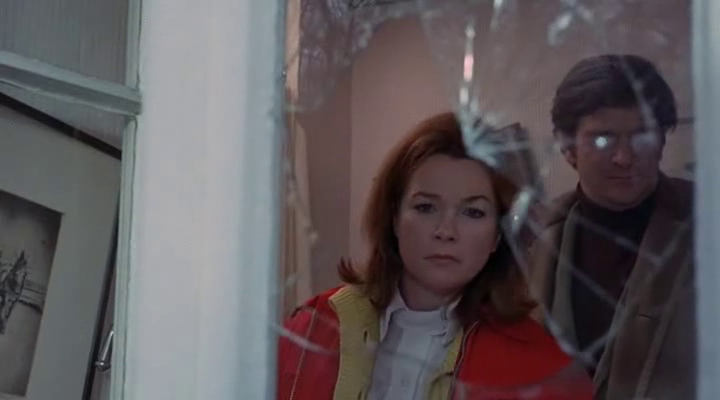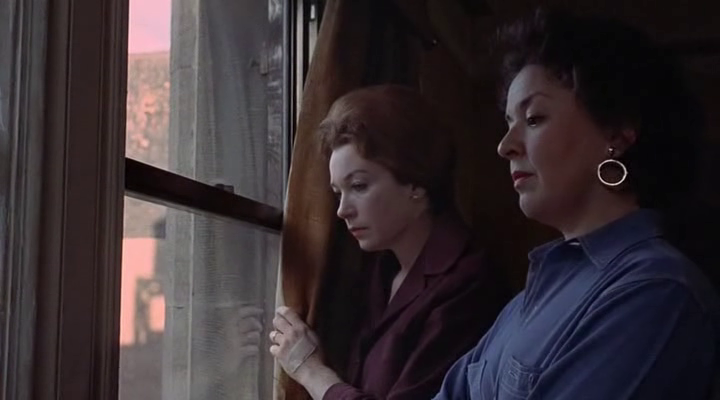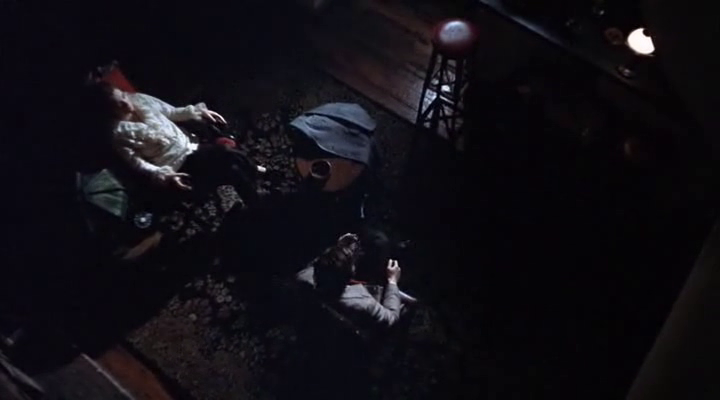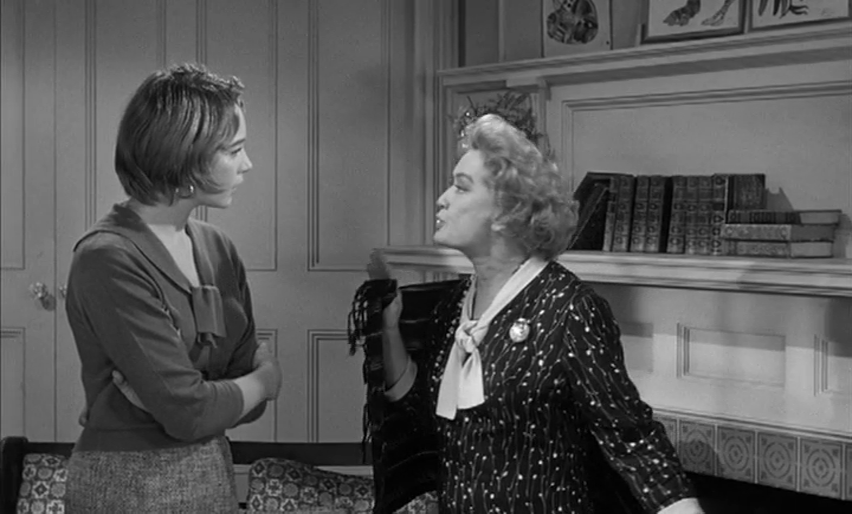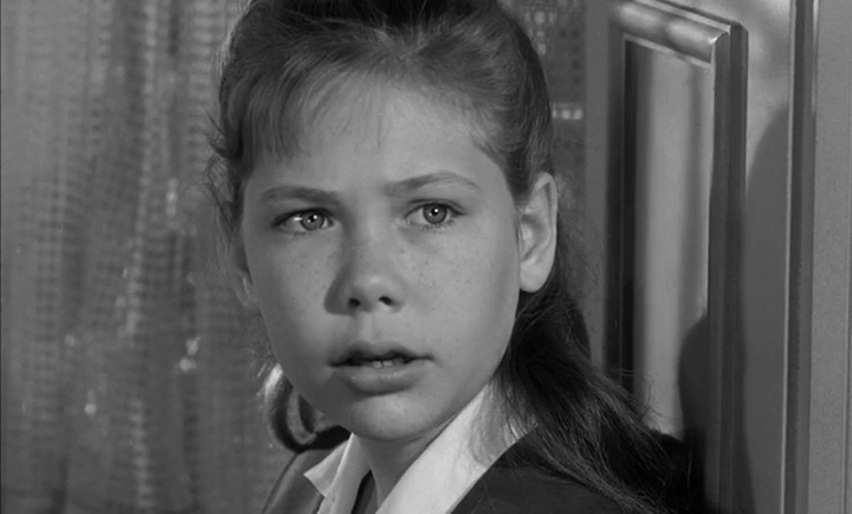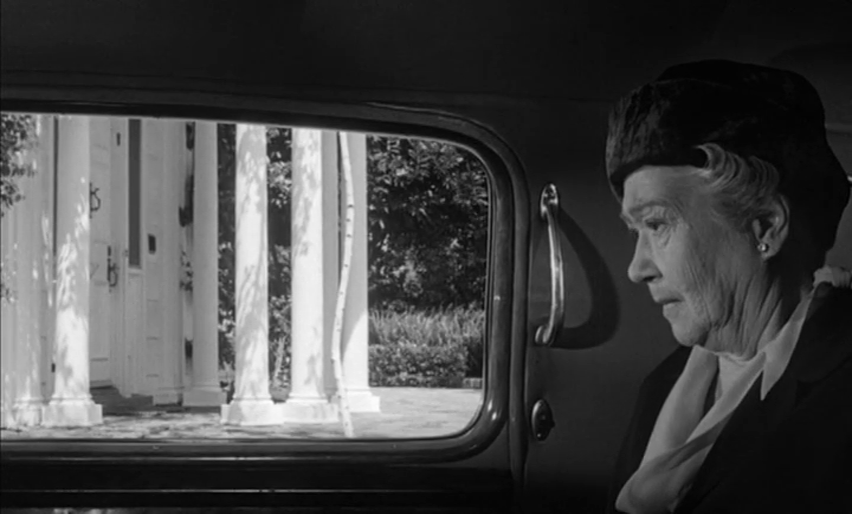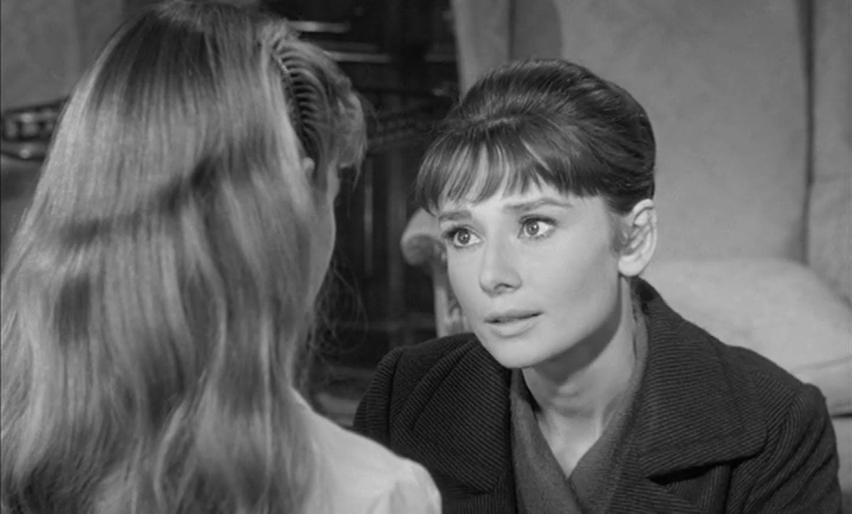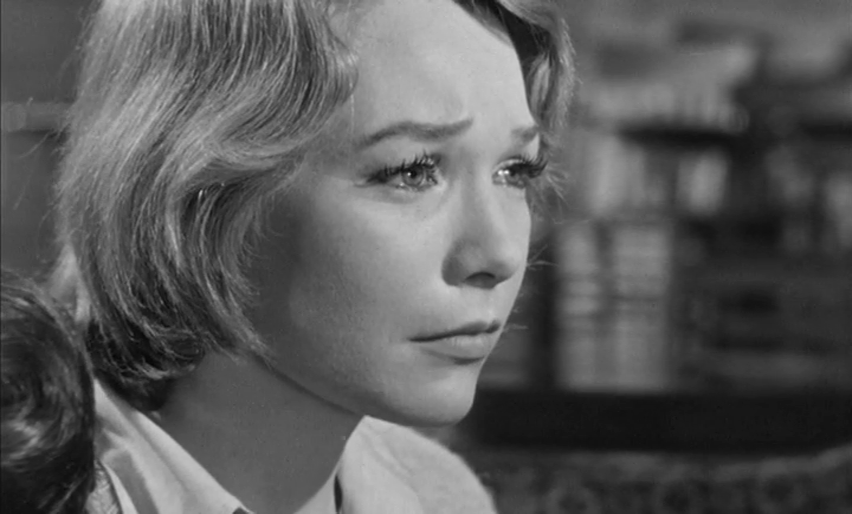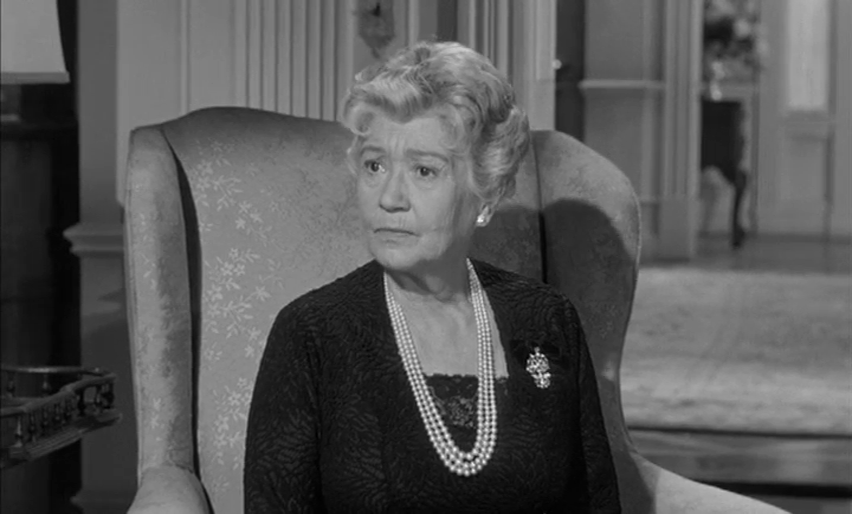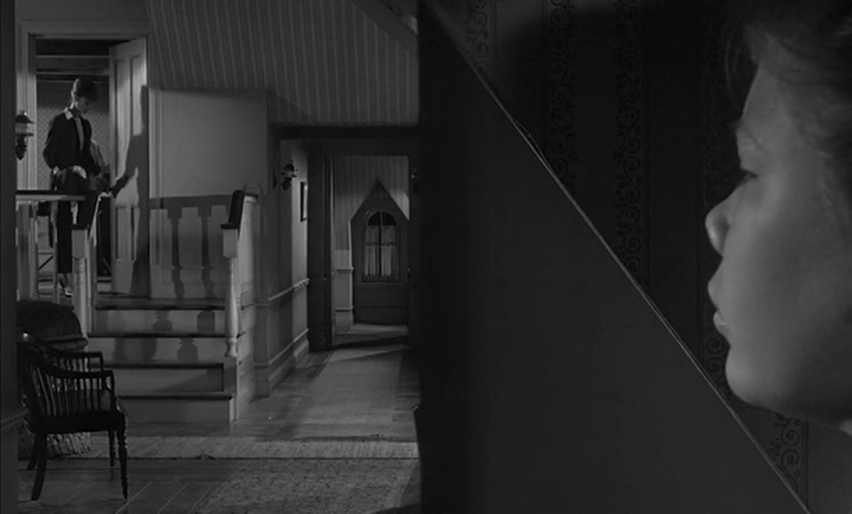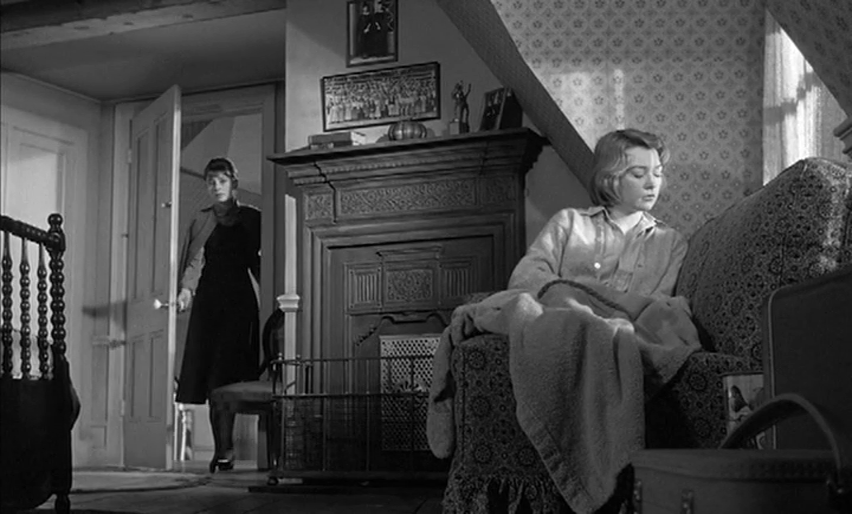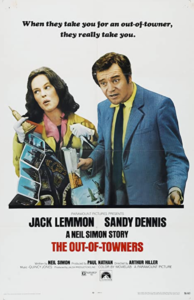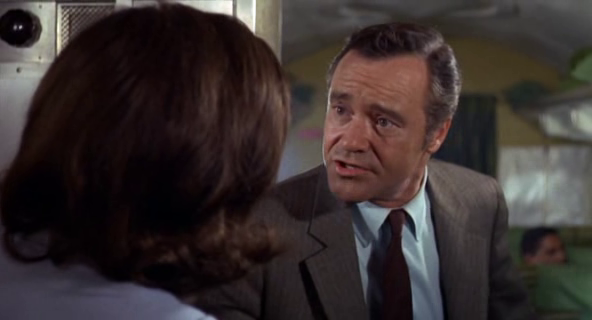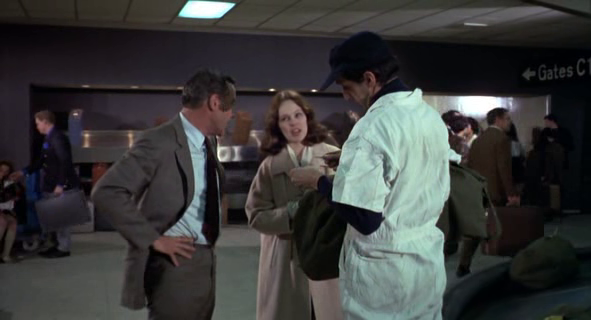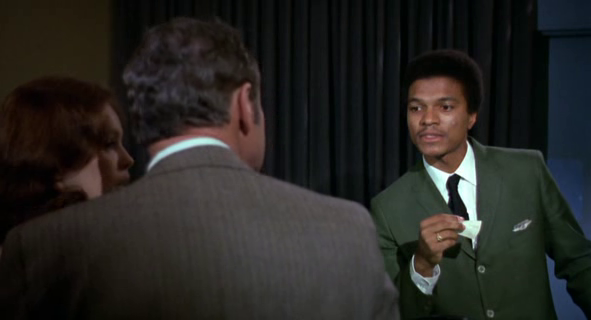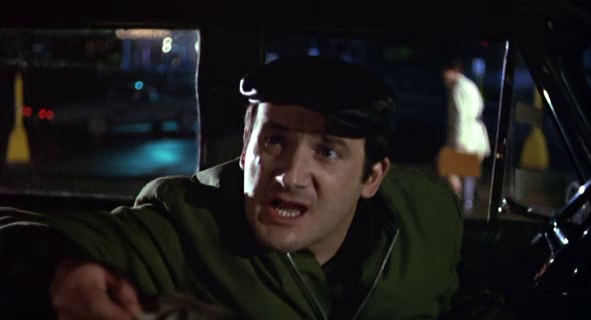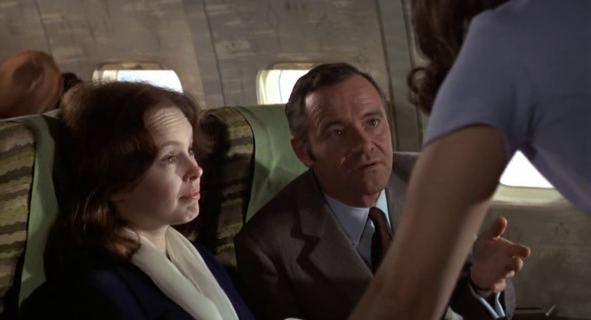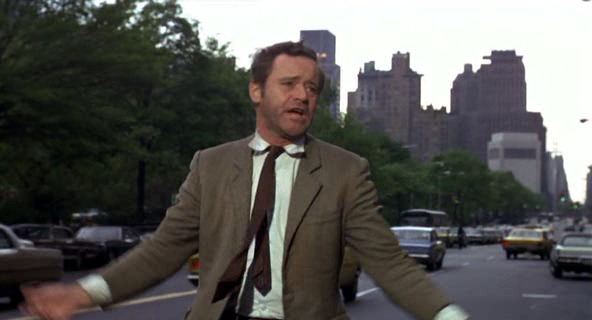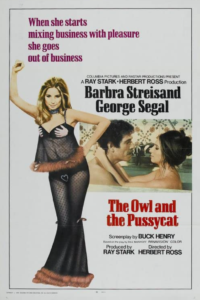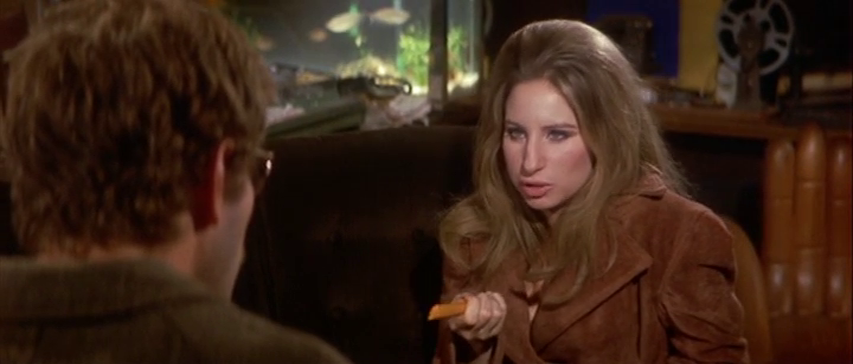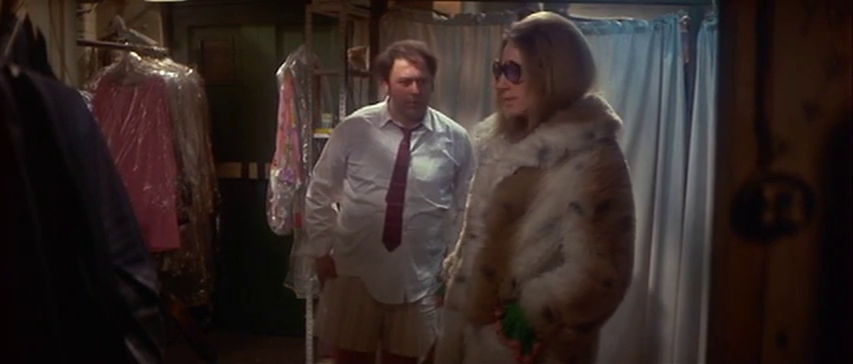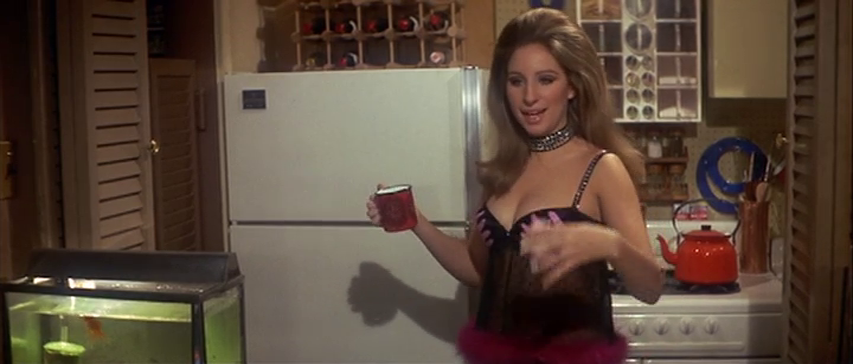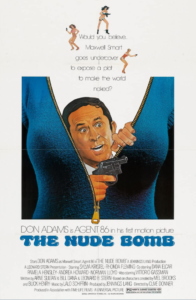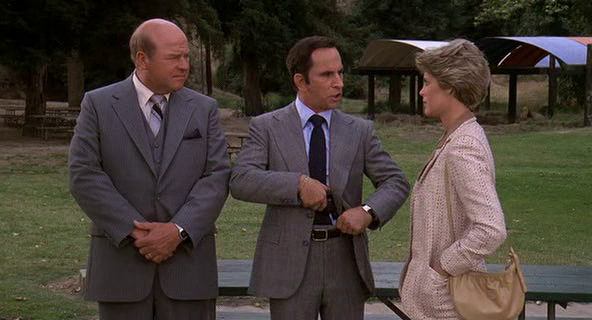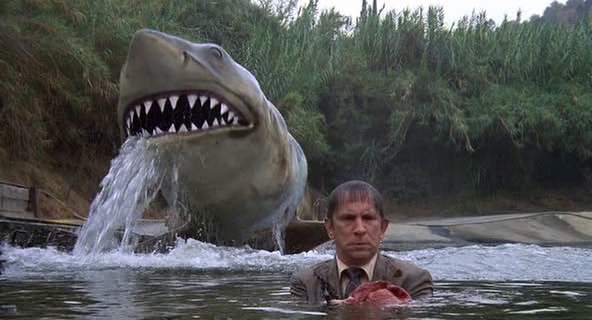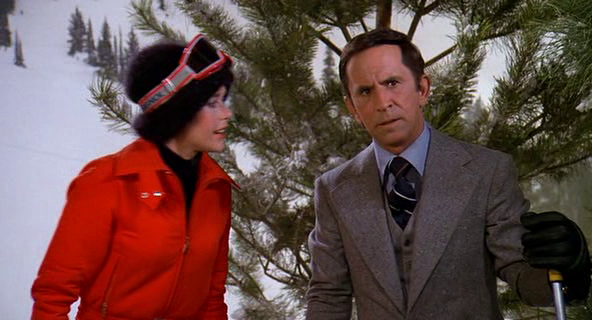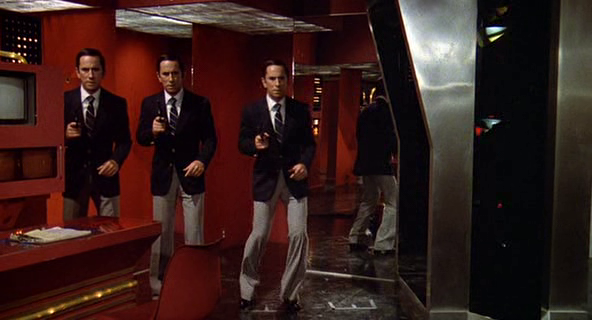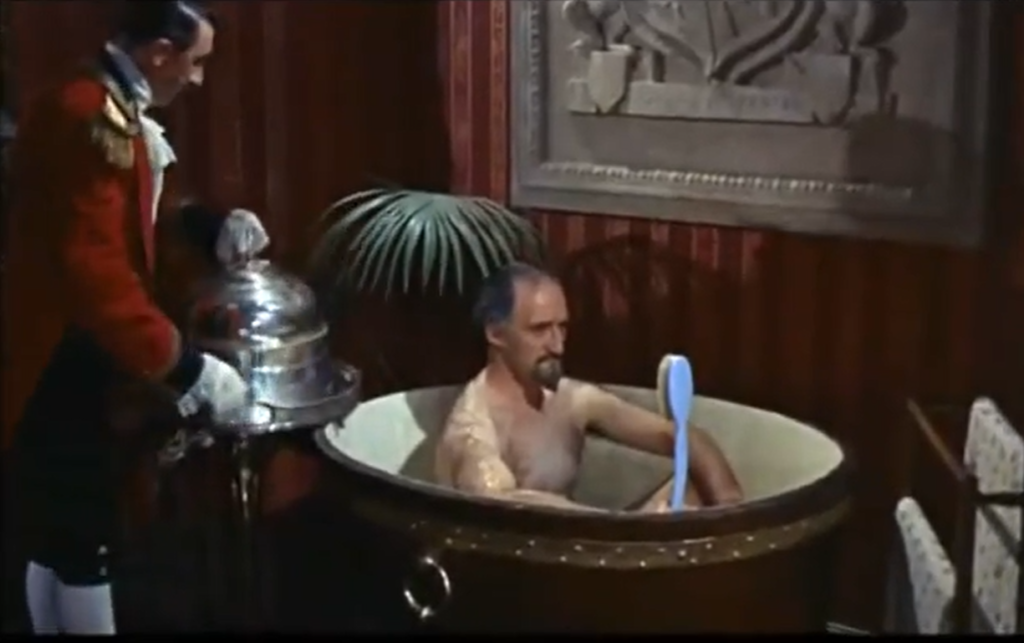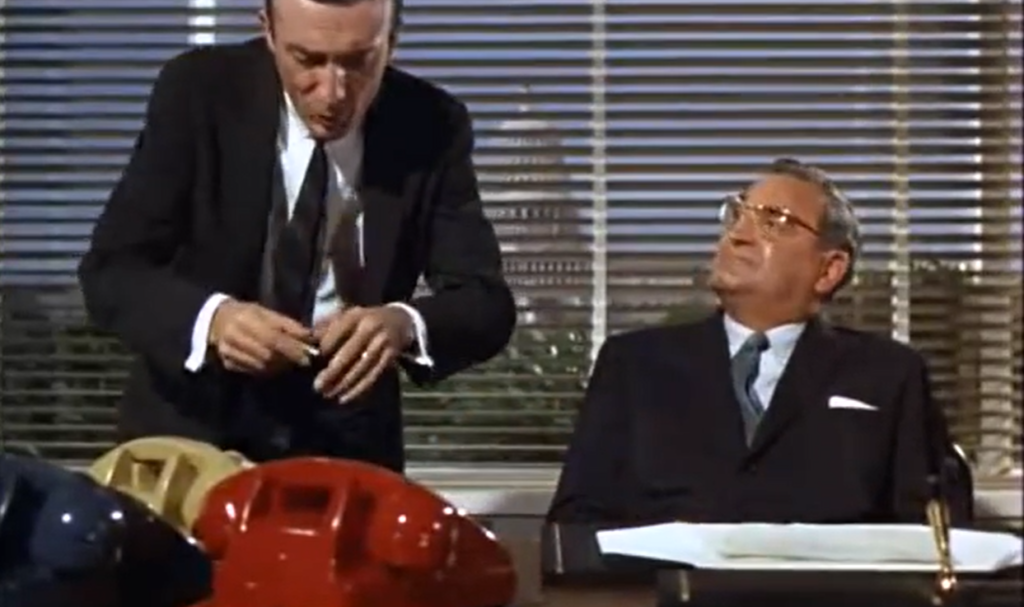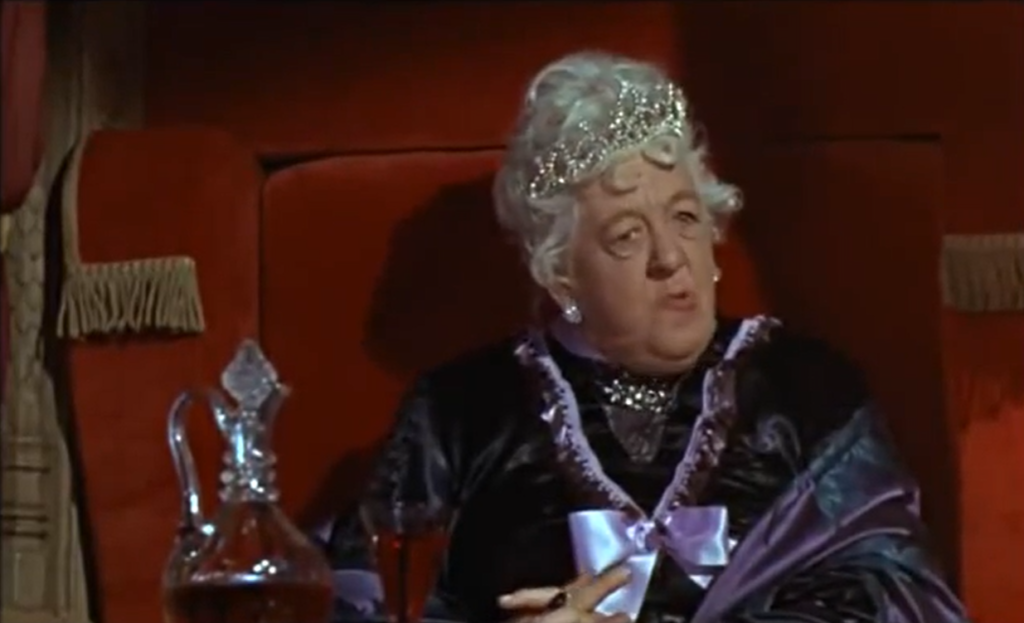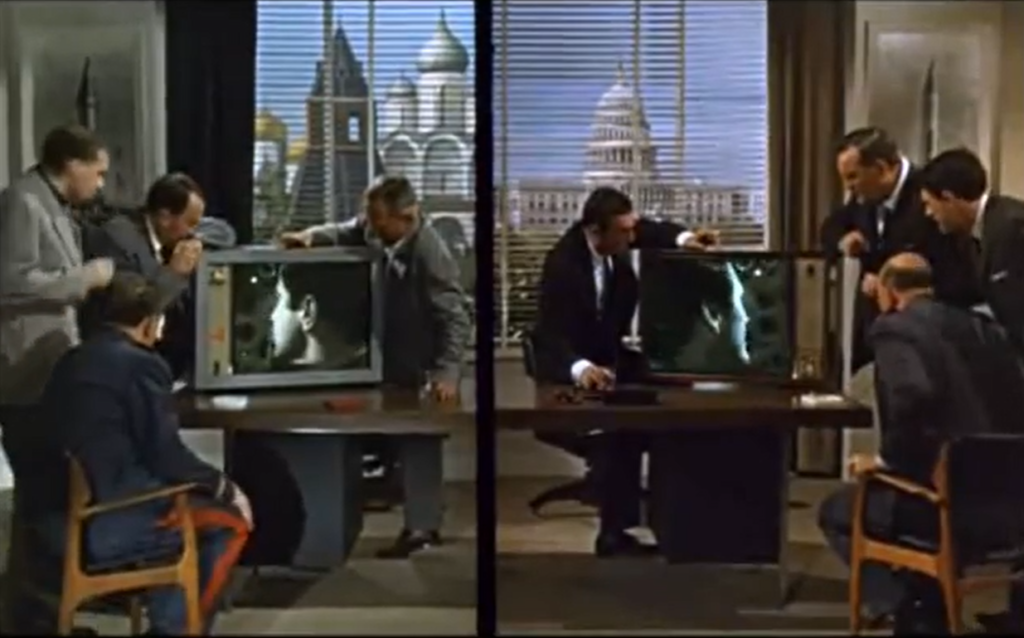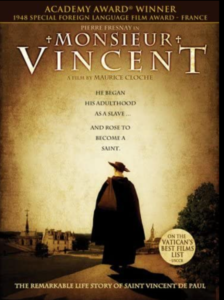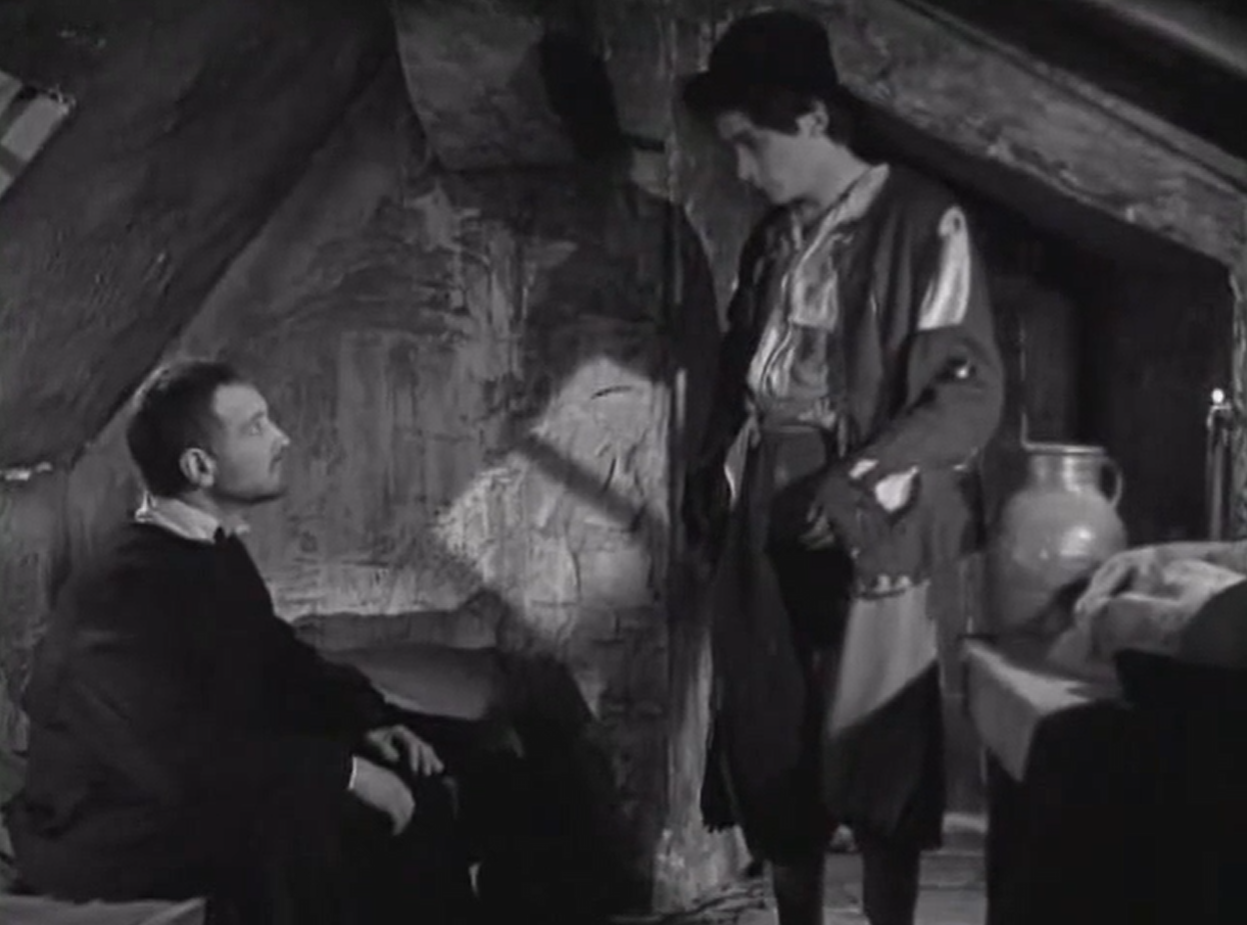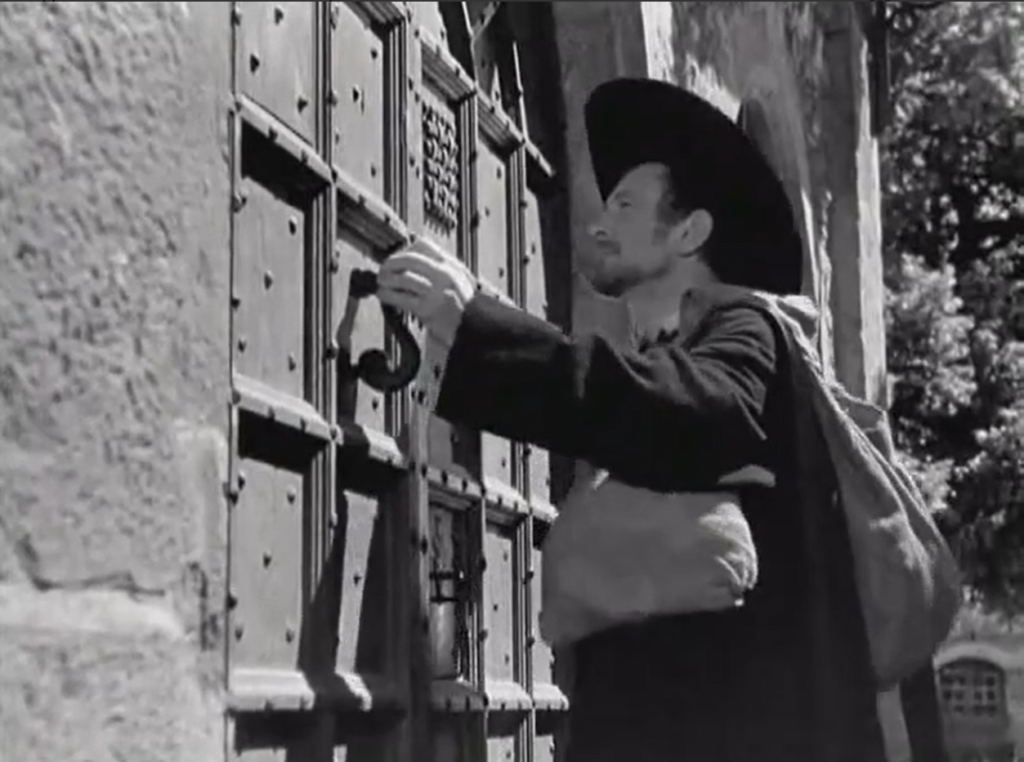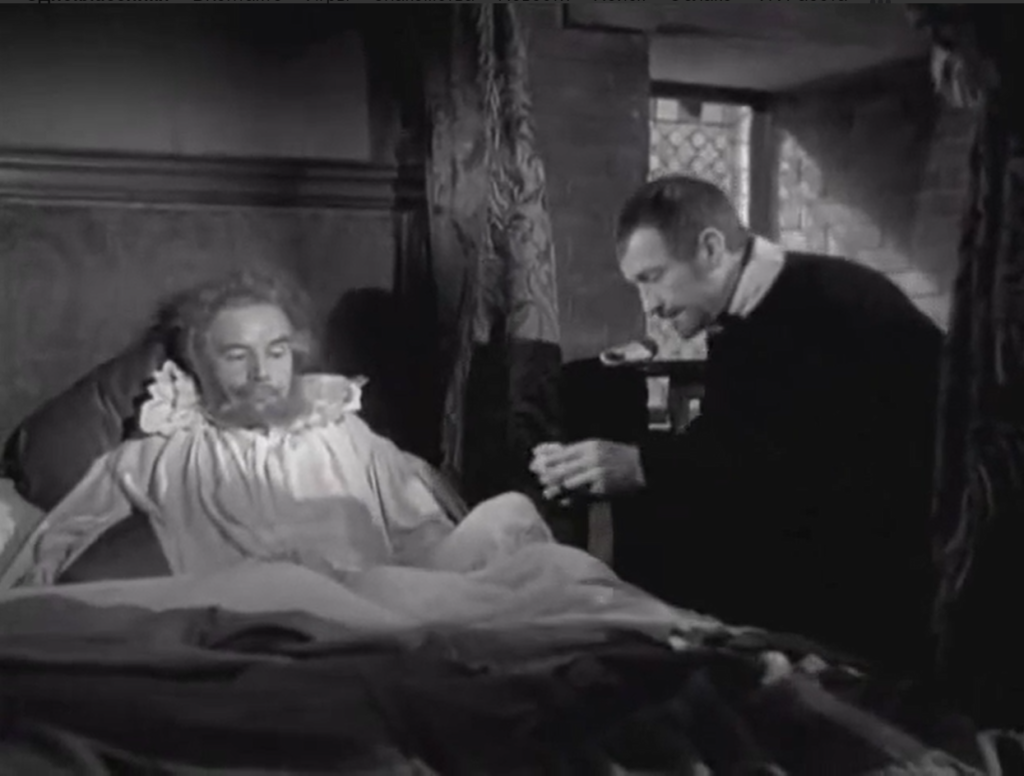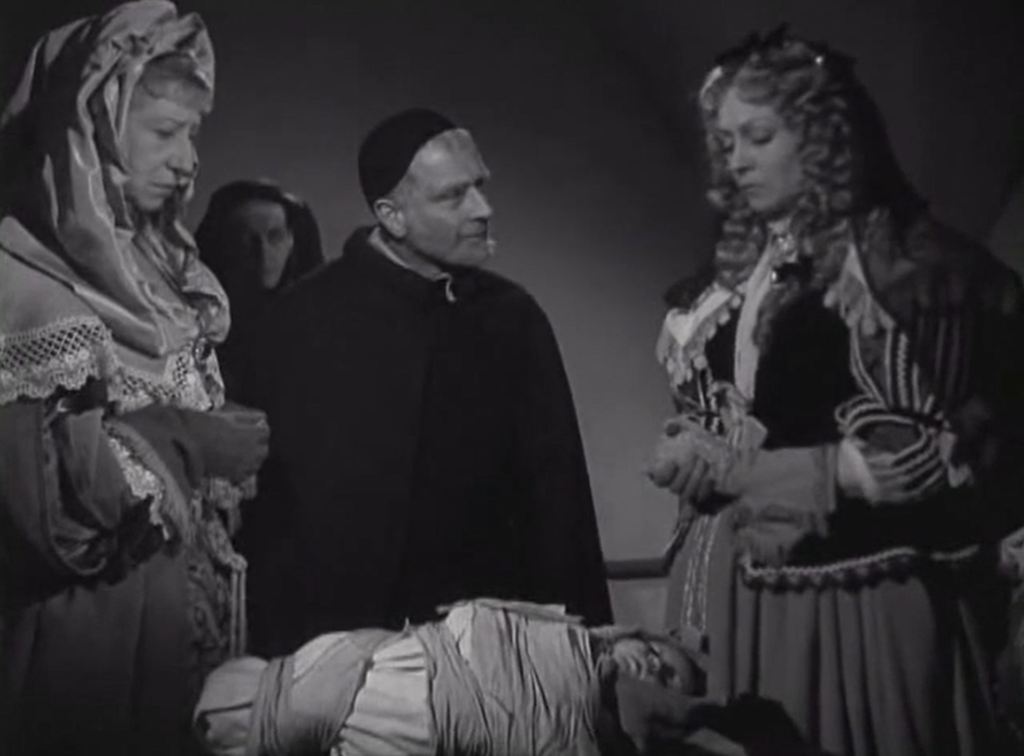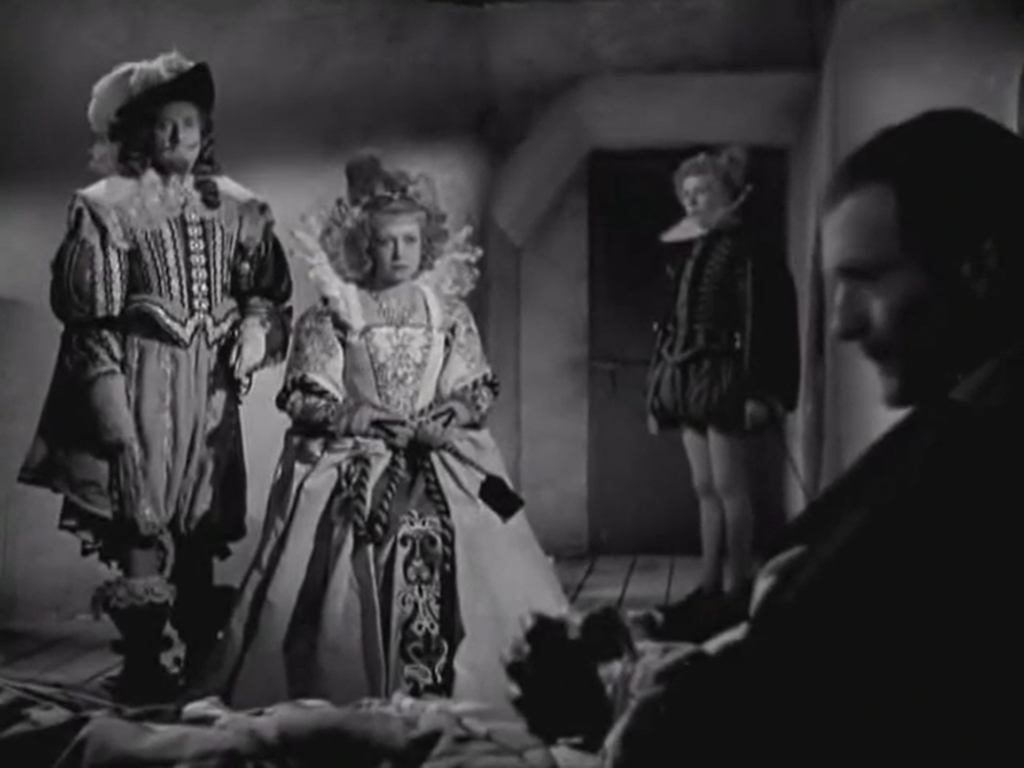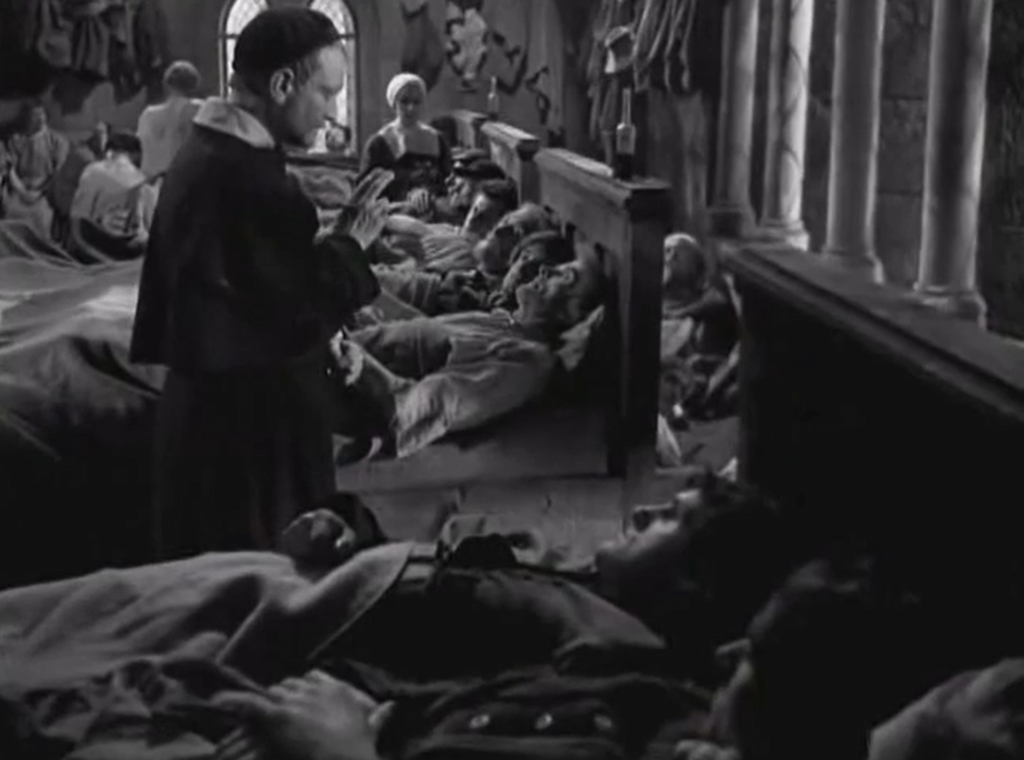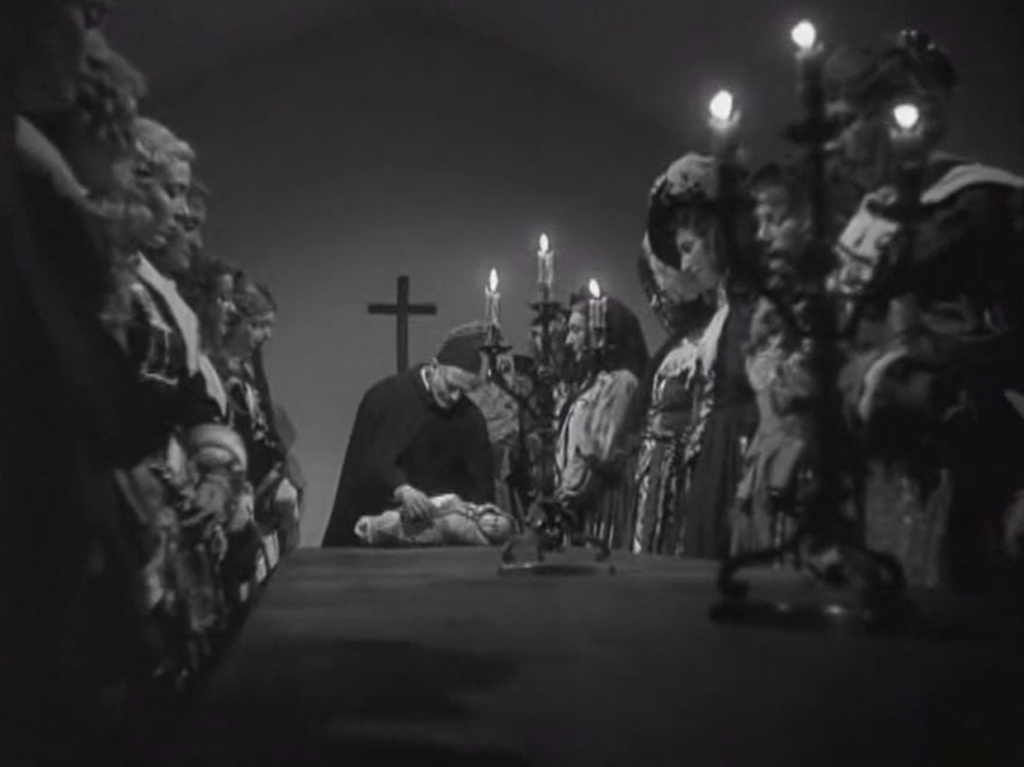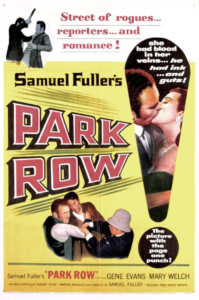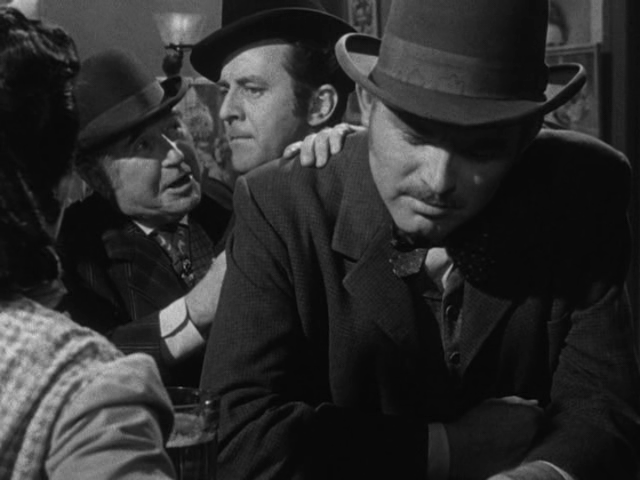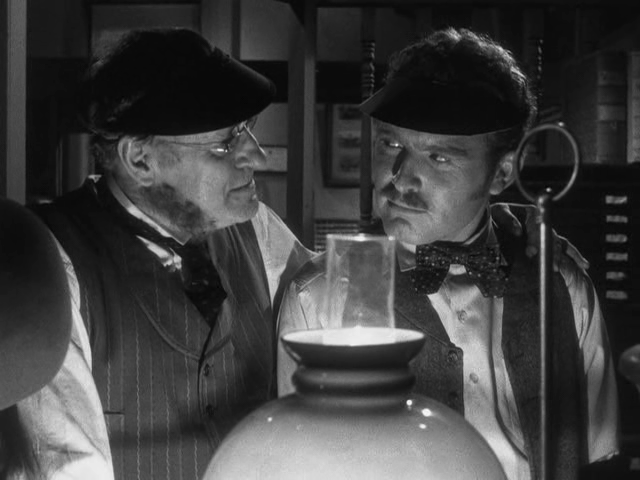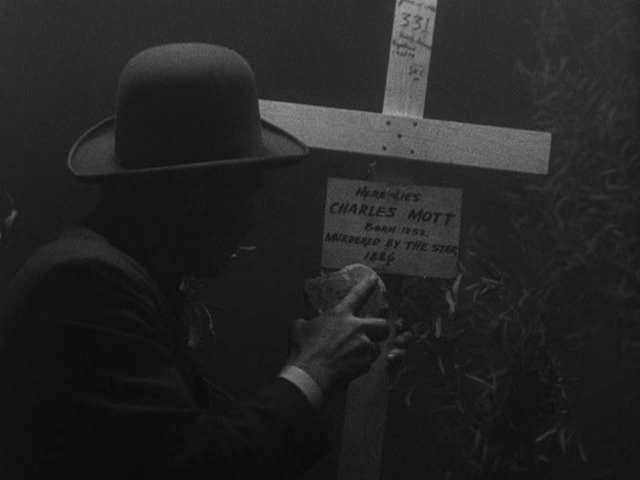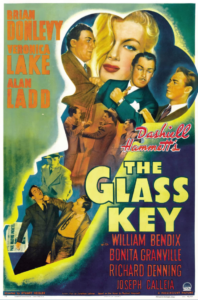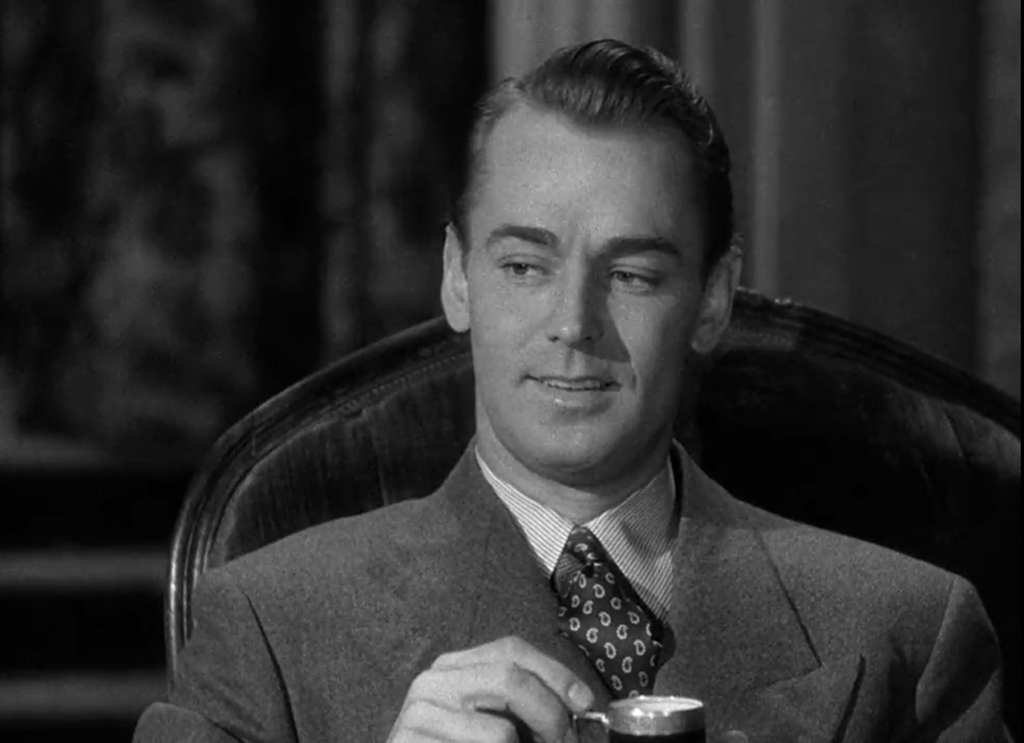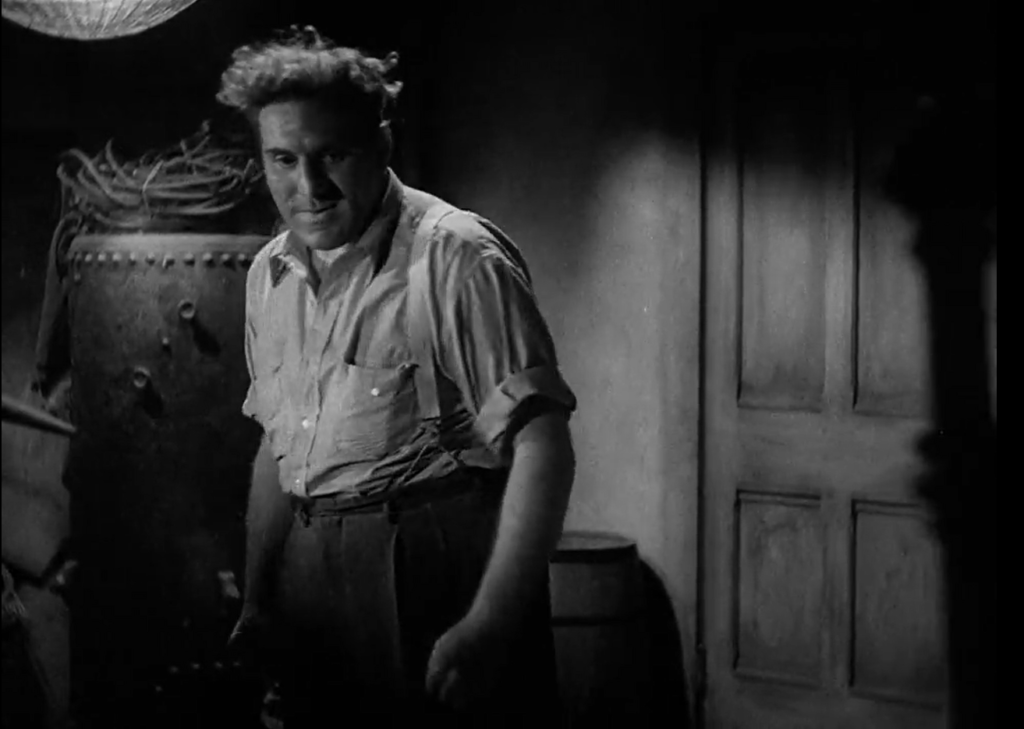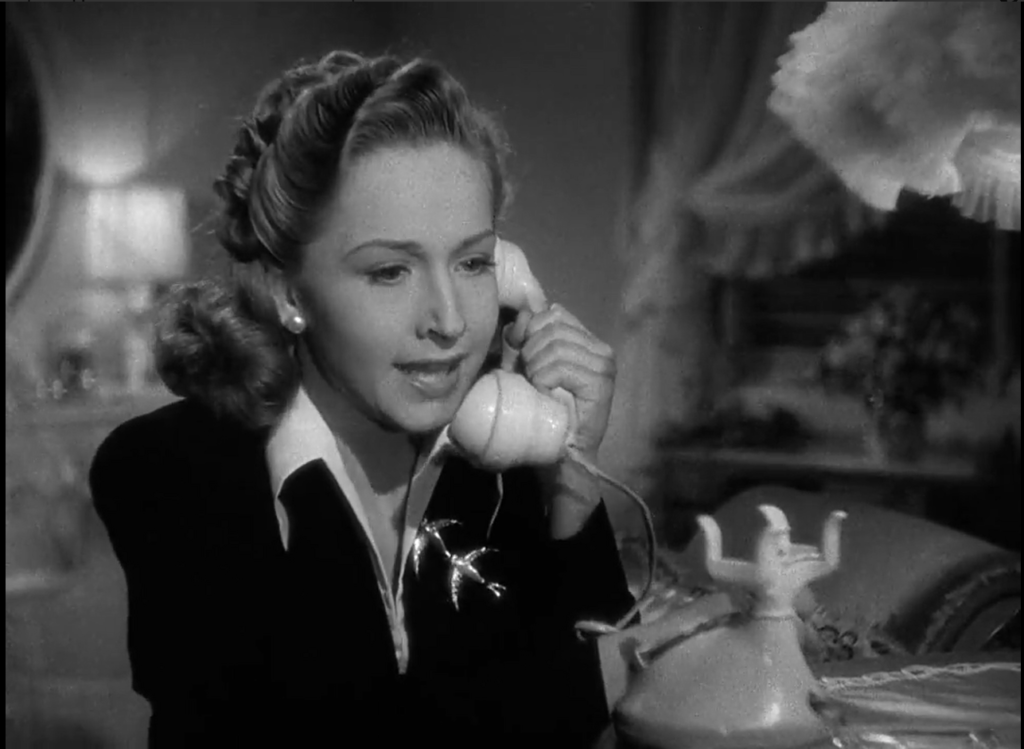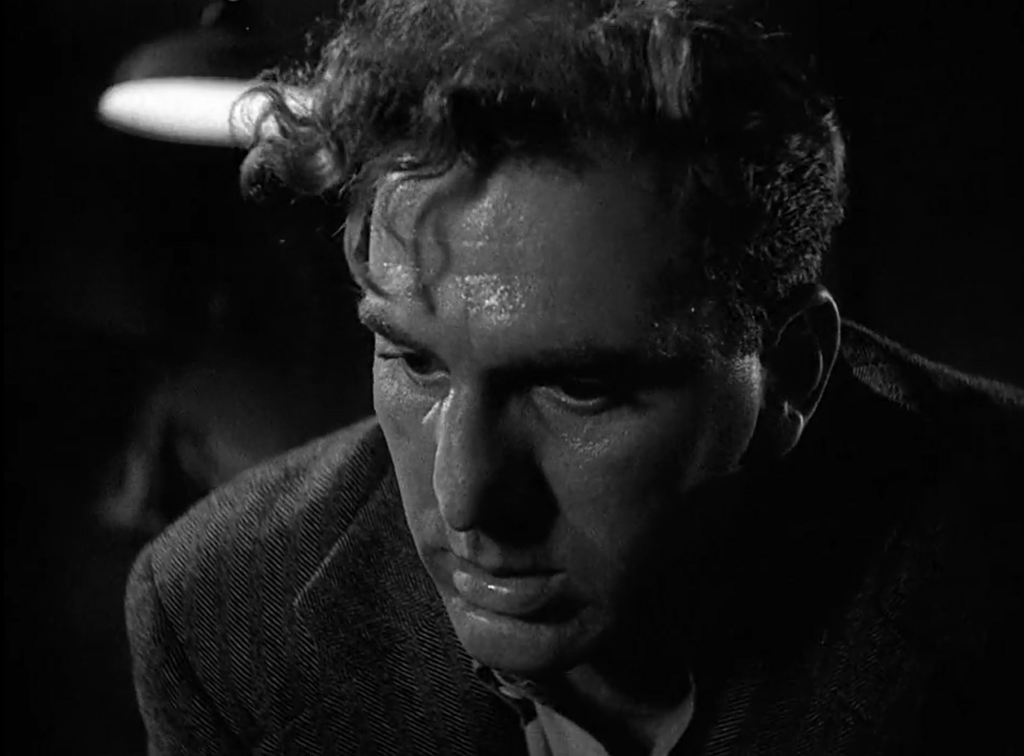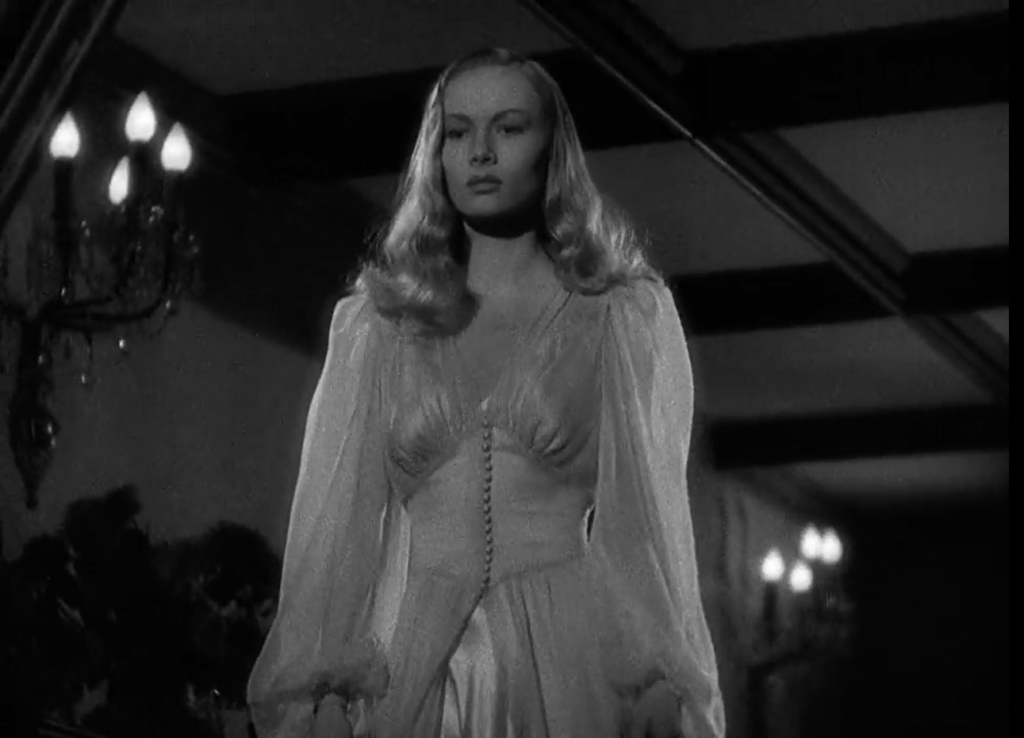Period of Adjustment (1962)
“You all are going through a perfectly natural period of adjustment — that’s all.”
|
Synopsis: |
|
Genres, Themes, Actors, and Directors:
Review: Indeed, there’s no excusing Hutton’s obnoxious treatment of Fonda from their first married moments together, driving in a used hearse he purchased without consulting her: … and we struggle to understand what she saw in him in the first place. While we’re meant to have compassion for Hutton as a damaged vet afraid of his ability to “perform”, all we feel is deep regret for Fonda’s bad choice. Meanwhile, their marital difficulties are echoed in a parallel story of Franciosa finally standing up to his overbearing father-in-law (John McGiver) and quitting his job: … but we struggle to sympathize much with him, either, given how poorly he treats his wife (supposedly once “homely”, though she’s actually quite beautiful) and his young son, whose beloved doll he cruelly throws into the fire: [Nice try, Tennessee; I know you were going for something a little less Southern Gothic, but this scene alone … ] There are attempts at romantic “comedy” by having Nettleson see Fonda in Franciosa’s house and misinterpret her as his mistress: … but this doesn’t really lighten things up. Meanwhile, setting the film on Christmas Eve while a group of increasingly drunk carolers make their rounds through the neighborhood also doesn’t help to lift spirits. By the time Williams tries to wrap things up by having the women better understand their poor emasculated husbands, we still can’t help feeling sorry for them (the women), knowing they’re in for some rocky years ahead. Notable Performances, Qualities, and Moments: Must See? Links: |


